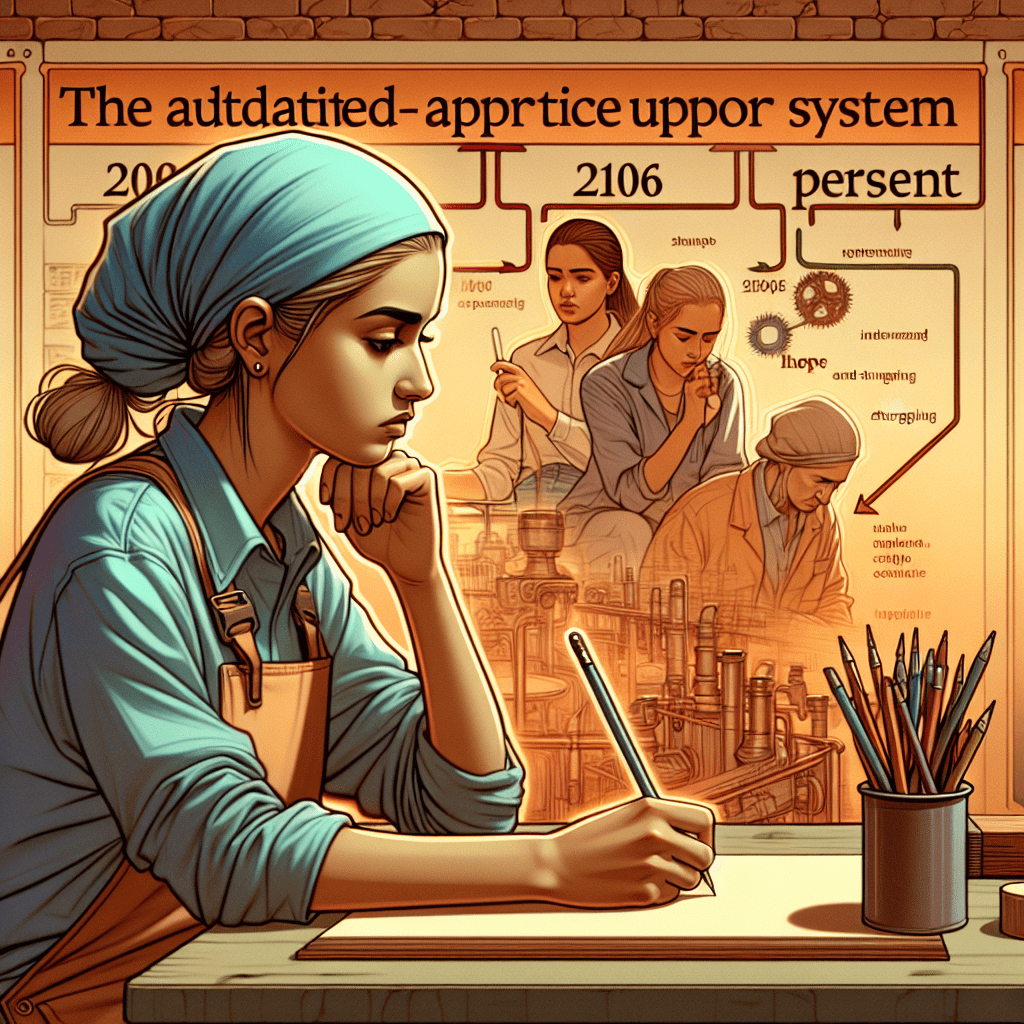
Embracing Innovation: Redefining Online Learning in Apprenticeships

Let’s Redefine Online Learning in Apprenticeships
Here’s a bold idea: we need to stop accepting outdated narratives about online learning in apprenticeships. Let’s be real; the world around us is changing faster than ever, and clinging to old ways of thinking won’t do our future workforce any favours. So, let’s dive into this and look at the real value of online learning!
Understanding the Landscape
Did you know that over 90% of apprentices are working with training providers rated as good or outstanding by Ofsted? That’s impressive! Plus, the Quality Achievement Rate is climbing past 60% and it shows no signs of slowing down. But there’s a catch. Some folks still think that online learning is a second-class option. Why is that?
When we propose a minimum requirement for face-to-face on-the-job training, it feels like a step back, doesn’t it? Employers are craving flexibility in their training approaches, and that is absolutely the way we should be going. After all, not every apprentice learns the same way. By embracing online learning, we’re allowing for a diverse range of methods that cater to different styles and needs.
What Does Online Learning Really Involve?
The term “online learning” often gets tossed around without a clear understanding of what it encompasses. So, let’s break it down:
- Diverse Offerings: Online learning can include live sessions, recorded lectures, interactive modules, and even virtual simulations.
- Significant Investment: Many training providers have invested substantial resources into cutting-edge technology for training. Dismissing this as a cheap alternative is simply a mistake.
As someone who has navigated the world of business and education for decades, I can tell you that flexibility is often the key to success. From personal experience, I’ve found that when we adapt to the needs of learners, we unlock their full potential. Why should apprentices be any different?
What’s in it for Employers?
Think about it: employers are not just sitting there twiddling their thumbs. They want skilled workers who are ready to hit the ground running. Online and blended learning methods provide the adaptability and efficiency that modern workplaces demand.
Ask yourself: how can we make the best use of the innovative methods available to empower today’s learners? This isn’t just charity; it’s about preparing the workforce for the future. Offering flexible learning options helps increase engagement and boosts retention rates. And who wouldn’t want that?
Changing Conversations Around Training
The conversation around online and blended learning is crucial. It shapes how we prepare our workforce for the future. Embracing this modern approach means we can better equip our apprentices with the tools they need to succeed.
Of course, this doesn’t mean we should throw traditional methods out the window. In-person training still has its place. But instead of forcing rigid structures, we should blend the best of both worlds. A tailored approach that combines online learning with in-person experiences allows apprentices to learn at their own pace. And let’s not forget, they can revisit materials as needed.
The Road Ahead
So, as we move forward, let’s commit to challenging the traditional narratives that have long surrounded online learning. Let’s embrace innovation and flexibility while keeping our apprentices’ needs at the forefront. Whether you’re an employer, an educator, or an apprentice yourself, I encourage you to explore the world of online learning with an open mind.
In the end, it’s all about balance and finding what works best for everyone. Don’t you think it’s time we stopped limiting ourselves to outdated modes of training? Instead, let’s celebrate the potential that online and blended learning offer. The future of apprenticeships is bright, and we should be excited about where it can lead us!
Have you or someone you know experienced the benefits of online learning in an apprenticeship? I’d love to hear your thoughts!




